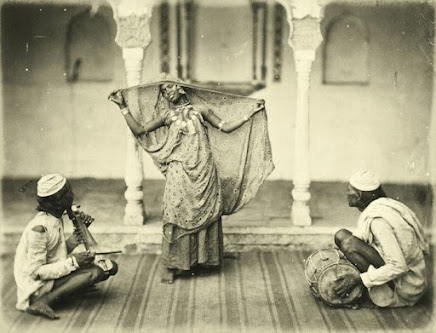Contemporary Photojournalism Issue: Red-Tagging

Photo by Madeline Jacyszn, 10/23/23 Photo by Madeline Jacyszn, 10/23/23 Photo by Madeline Jacyszn, 10/23/23 This is a pop-up collage displaying the effects of red-tagging on photojournalists. Red-tagging is when a journalist has been branded as a member or an associate of an enemy party of the government, leading to blacklisting and harassment of the journalist in the hopes of stifling their work. This topic is of interest to me because red-tagging is a problem in the Philippines, my mom’s country, where photojournalists will be branded as terrorists or communists so the government has a public excuse to kill them. It is also particularly insidious for photojournalists due to economic circumstances, since the job market is still recovering from the pandemic and Filipino photojournalists must contend with lacking compensation for their work. Specifically, my collage is depicting a photojournalist who is being hunted after being red-tagged, as shown by the red paper I used to depict

